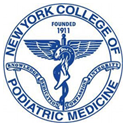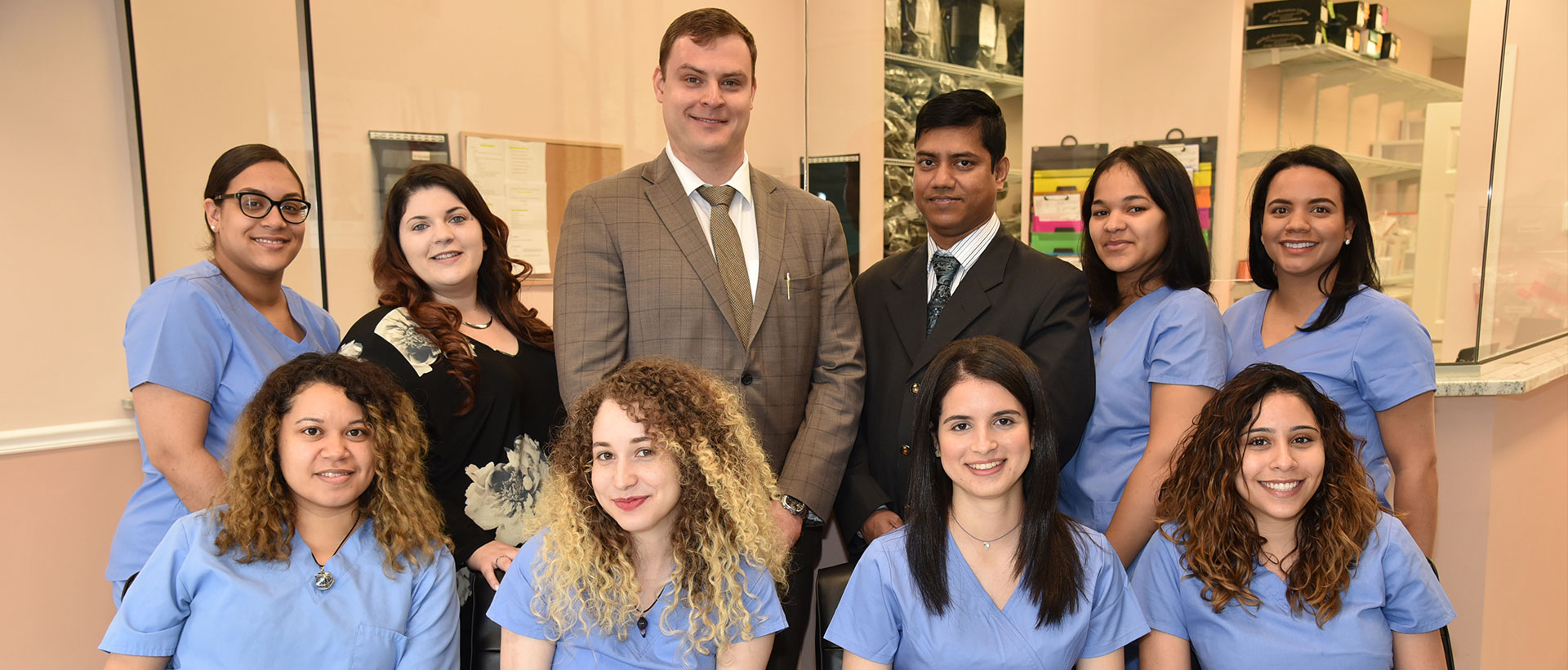Bunions are a common foot condition, but often people will not seek treatment until they have progressed to a painful and advanced stage. A bunion can develop from excessive pressure in the toe area that eventually shifts the big toe joint out of alignment and causes the big toe to point towards the second toe. In general, wearing ill-fitting shoes, having poor foot mechanics due to low arches or flatfoot and those with arthritis or other inflammatory joint disease can cause bunions. Before the need for a bunionectomy or bunion surgery, there are numerous ways to relieve and treat your bunion pain.
- Avoiding high heels and narrow shoes and wear shoes with roomier toe boxes to relieve pressure.
- Using orthotics can help treat arch or mechanical problems such as flatfoot and over-pronation and provide better support for your feet.
- Padding and taping can be used to protect the big toe joint and prevent further redness and inflammation.
- Reduce inflammation and pain with ice.
- Stretching exercises can help keep the joint flexible and keep toe strength up. You can manually pull the big toe into a straight position, and practice picking up small objects with your toes, or massage the bottom of your feet.
- Physical therapy can also help to alleviate pain and regain normal range of motion and strength, especially after bunion surgery.
If you find that these treatments still do not help with your bunion pain, it is important to consult with an experienced, board-certified podiatrist. Dr. Russell Samofal specializes in reconstructive foot and ankle surgery and has treated many patients with bunions successfully to help manage bunion pain and ensure every possible treatment is pursued. Whether you have bunion pain, a sports injury, ankle instability, or fungal nails, Dr. Samofal is skilled in all areas of foot and ankle problems. Please contact us or call our conveniently located office in Wayne, NJ at (973) 925-4111 to schedule an appointment today!















